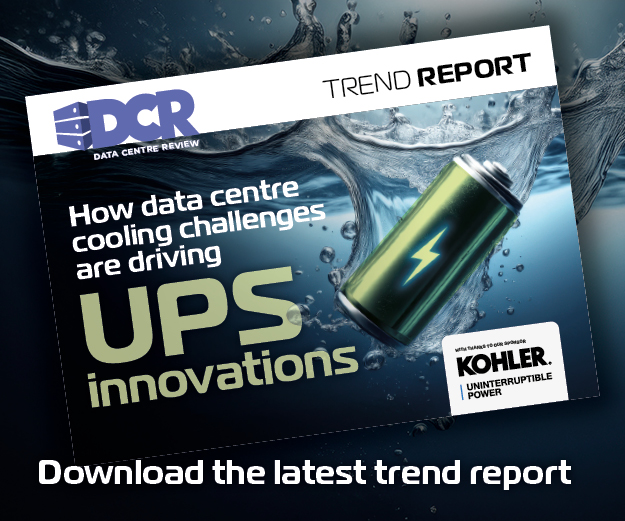Data has been dubbed the crude oil of the 21st century, but without the ability to understand it in real-time and in a format that’s actually useable and accessible at the right time, all that valuable data might as well be worthless. Peter Ruffley, CEO, Zizo, explores three aspects businesses must consider to get themselves out of ‘data lockdown.’
Digital transformation of any business has always been hampered by making sense of underlying data. And that data has been growing in volume at an unprecedented rate driven by the growth of IoT.
It’s the perfect storm – the need for real-time information being increasingly distanced by the rate at which the data volume is growing. Businesses need insight, not just data, which means getting the right information, to the right person, at the right time.
Data access
There are a multitude of ways to store and access data, but the majority of businesses haven’t considered access to external data sources yet.
When we begin to question how to enrich and improve data, one of the fundamental capabilities of this process is by integrating external third-party data sources, such as weather, crime or other open data sources.
Businesses need to have an understanding of what they need to do to make the process worthwhile, and ensure they have the correct capabilities before they start.
A common first approach for many organisations is to build from scratch and make it their own, rather than considering the buyer approaches where you look at what’s out there, explore the marketplace and transform existing data to use within the business, rather than starting from the ground up.
If they can’t combine different sources of data quickly and cost-effectively together, they won’t move forward.
It makes sense to digitally transform an organisation if it is going to make use of what’s already out there, as being able to tap in and share other work and insights will make the exercise worthwhile and cost-effective.
With combinations of solutions available in the marketplace that can accelerate the process by providing the necessary building blocks, it’s time to transform the digital transformation process.
Data responsibility
There remains a disconnect between IT teams and businesses’ impressions about what it means to provide the data. If both parties are not aligned with the same aims of the business, the project could stall at the first hurdle.
Instead, organisations need to bridge the divide and encourage stronger collaboration between all stakeholders. When businesses realise where those holes are in their structure, it’s key to get people involved to solve those challenges.
This involves change on three levels; personnel, cultural and technological. Who’s responsible for this chain? Whose action is it? How do we bring these teams together? The business might be storing a lot of data, but how can it be accessed, interrogated and made useful? How will the business’ data goals be defined?
Typically, the digital transformation initiative comes from the top in the organisation. In order to get your business on board, you have to make a very clear case of what the benefits are.
Employees need to trust that improvements will be made for them by doing this, rather than just dictating the plan. Digital transformation is a change programme, which impacts all aspects of the business.
You therefore have to approach it in the same way that you would approach any change project – with clear objectives and an agreed process of identifying how you’re going to get value from data. With a compelling case, you have a much better chance of carrying it through with buy in from all stakeholders.
Data and objective identification
You can’t embark on a digital transformation initiative without a concept – you’re condemning the project to failure if the business is not engaged properly with the process before you start.
In order to yield business benefit from data, organisations must identify the areas that will realise the most benefits.
Even if they’re hypothetical, there must be measurable ambitions in place or milestones for this journey, so that there is an understanding of what you’re going to do, and what you want to get out of it. Or if those ambitions weren’t achieved, why not? What steps need to be taken next time?
Organisations have to be able to collect the data and assess whether they can achieve their business objectives from that data. But a goal of just ‘digital transformation’, ‘digitising data’ or ‘making more money’ will never translate into a concrete business case. Goals need to be specific and measurable in order to determine the project roadmap and for success to be evaluated.
More importantly, you have to understand where the data is in your organisation and what it’s being used for, before you start the process of transformation. The whole supply chain needs to be aware of the transformation and the demands that are going to be in place. You’ve got to be very open about this process, because there will be people who you haven’t thought of that might be impacted by the changes you’re making.
With easy access, a connected team and clear objectives, companies can have a clear outline of what it is they set out to achieve in their digital transformation, how they expect to make this transition with the data available, and who can take on what role in this process.



